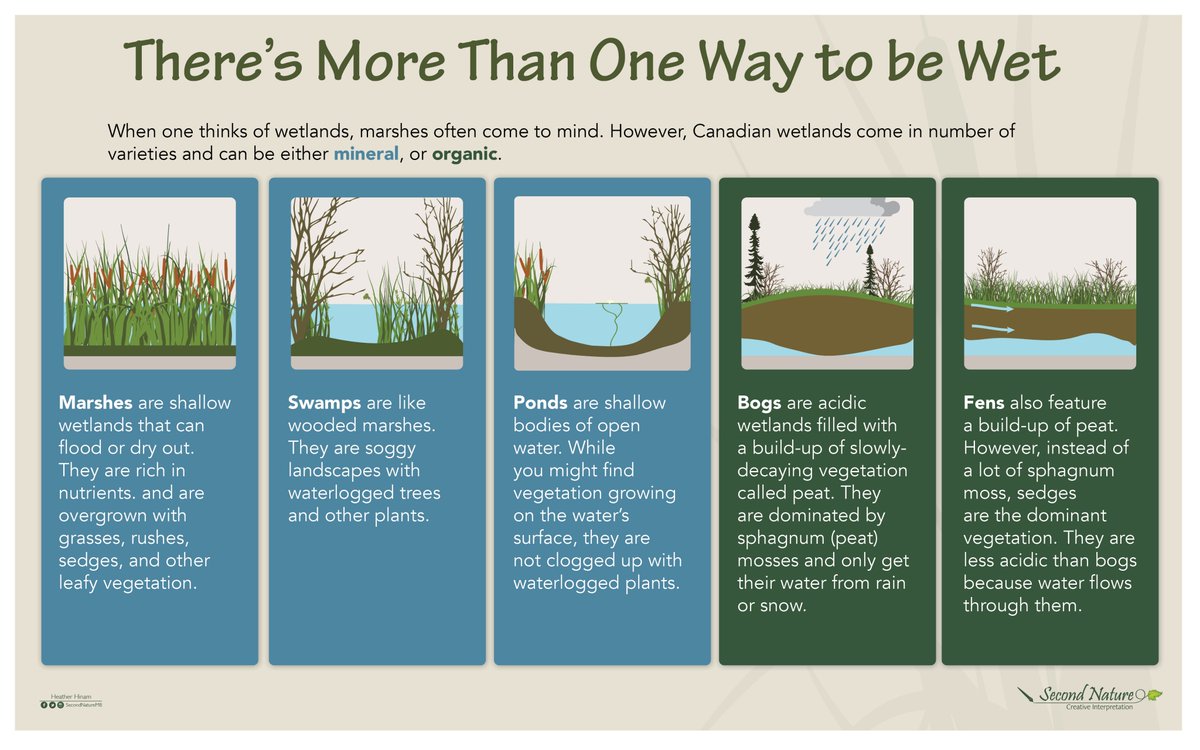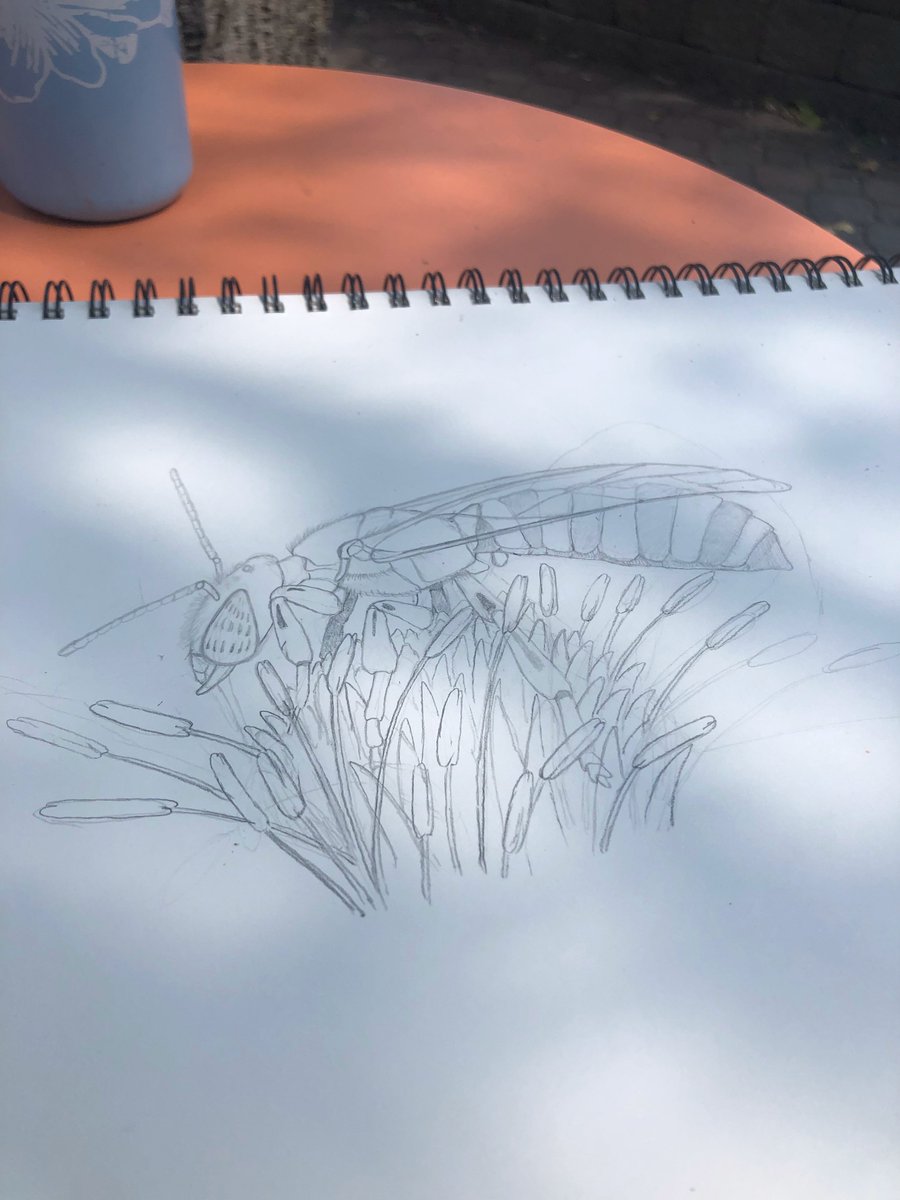About a month ago, I watched a little red-backed vole dash into this hole in an old downed aspen tree in my backyard. It was clear that it was living there, so I set up my trail camera to catch a glimpse of the wildlife using this log. #cameratrap 1/ 🧵 

I caught the little vole coming and going from the hole several times over the first night. 2/ #CameraTrap 



The vole wasn't the only one hanging out in the area. A deer mouse also came and went near the log, scurrying along the tangled forest floor looking for food. #CameraTrap 3/ #TheOldLog 





After the first night, I moved the camera. Logs are often used as highways on the forest floor and I figured I'd have a better chance of getting a sense of the activity in my backyard from this angle. 4/ #TheOldLog #CameraTrap 

I was right. I still saw vole and mouse running up and down the log most nights. They were often too fast for the camera to catch them. However, they weren't the only critters using the log.... 5/ #TheOldLog #CameraTrap 5/ 







Squirrel is the most common visitor to the log. He uses it like a highway, racing top speed along its length. Once, he decided that he didn't like my camera placement and had to rectify that. #TheOldLog #CameraTrap 6/ 







I meant the red squirrel was the most common daytime visitor. One night, a northern flying squirrel stopped by the log. These guys are almost completely nocturnal and despite being active all year, you rarely see them. #TheOldLog #CameraTrap 7/ 



Snowshoe hare stopped by one night. One set off down the log while the other stopped for a bit of preening in front of the camera. #TheOldLog #CameraTrap 8/ 





Birds like #TheOldLog too. Juncos would forage on it now and then, usually in the early morning and the chickadees stopped by once, though that was because I was sitting just behind the camera and had seeds in my pocket. #CameraTrap 9/12? 







The white-tailed deer forage near the log and sometimes get into the camera frame. There have been a few different bucks hanging out in my yard this fall. 10/12 #TheOldLog #CameraTrap 





The coolest visitor to #TheOldLog however, has been coyote. He had to come and sniff where I had been sitting only a few minutes earlier. 11/12 #CameraTrap 



While the tree may be long-dead, downed logs are hugely important parts of the forest ecosystems. They're a home, a place to rest, a source of food, and a corridor. Wherever possible, it's best to let old logs lie. #TheOldLog #CameraTrap 12/12 







I forgot the Alt text on the last two. Two tweets before this is two photos of the feet and tail of a coyote standing in front of the camera on the log. The one above shows photos of a chickadee, vole, and hare sitting on the log and a photo of a deer passing by in the night.
• • •
Missing some Tweet in this thread? You can try to
force a refresh
































